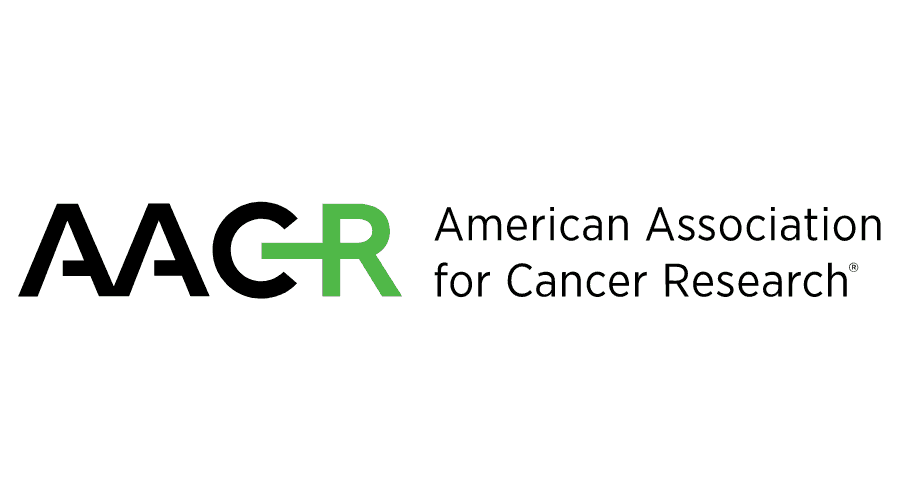News
Article
Korean Study Finds DOAC Use “Seems Effective” in Patients With MPNs
Author(s):
A study based on a decade's worth of Korean insurance data found that use of direct oral anticoagulants (DOACs) to address atrial fibrillation and venous thromboembolism in patients with myeloproliferative neoplasms (MPNs) is effective, with acceptable bleeding risk.
Patients with Philadelphia chromosome–negative myeloproliferative neoplasms (MPNs) face an elevated risk of arterial and venous thrombosis, due to the increased production of mature myeloid blood cells caused by their condition.1 The increased morbidity and mortality caused by atrial fibrillation (AF) and venous thromboembolism (VTE) among patients with MPNs has led the American College of Cardiology and the American Heart Association, among others, to recommend direct oral anticoagulants (DOACs) to prevent blood clots and reduce the risk of major cardiovascular events in patients with MPNs.2
However, a group of authors from Korea, writing in Cancer Research and Treatment, note that the actual amount of evidence regarding the use of DOACs in patients with MPNs is limited. This week, they published a study based on a decade’s worth of Korean insurance data. Based on an analysis of records from 368 patients with MPNs, they concluded that use of DOACs in this population “seems effective with an acceptable bleeding risk.”3
Rivaroxaban, sold as Xarelto, was the most commonly used direct oral anticoagulant in a study of Korean patients with myeloproliferative neoplasms who received DOACs. | Image credit: Janssen

The authors write that a prior study, with very limited data, found the 1-year cumulative incidence of thrombosis was 5.5% and bleeding was 12.3% among patients with MPNs taking DOACs.3 They note their study population involved patients who were somewhat older (average age, 74 years) and had a higher CHA2DS2-VASc score, which evaluates a patient’s risk based on the presence of congestive heart failure, hypertension, age, diabetes status, history of stroke or transient ischemic attack, and vascular disease; risk is doubled if the patient is 75 years or older.
The Korean study was based on data from the Health Insurance Review and Assessment Service, which has information on inpatient and outpatient care for 50 million Koreans. Investigators pulled patient data from the period of January 1, 2011, to January 1, 2021. The cohort of 368 patients had the following characteristics:3
- 62.8% received DOACs for AF and 37.2% for VTE
- the AF group was older with higher CHA2DS2-VASc scores than the VTE patients.
- 51.1% receive antiplatelets; 79.3% received cytoreductive agents
- Hydroxyurea was the most common agent (64.9%)
By MPN subtype, essential thrombocythemia was the most common (48.6%), followed by polycythemia vera (32.3%), and myelofibrosis (19.0%). Patients with the MF subtype were more likely to have AF than VTE, and the CHA2DS2-VASc score was statistically significantly higher in the AF group compared with the VTE group.
Also, the authors wrote, “the prevalence of hypertension and congestive heart failure was significantly greater in the AF group than in the VTE group.”
Therapy use. Among DOACs, rivaroxaban was the most frequently used (37.2%), followed by apixaban (30.7%), edoxaban (24.5%), and dabigatran (7.6%). Among antiplatelet therapies, aspirin was the most common (44.6%), followed by clopidogrel (23.1%).3
Follow-up. Among all patients, the median follow-up was 22.3 months, with 45 (12.2%) experiencing a thrombotic event while taking DOACs. This included 29 patients (7.9%) with arterial thrombosis and 20 (5.4%) with venous thrombosis. The 1-year incidence of thrombosis while taking DOACs was 11.1% (95% CI, 7.7-15.2).3
Median follow-up for the AF group was 24.7 months, with 30 patients (13.0%) having a thrombotic event, including 22 (9.5%) with arterial thrombosis and 10 (4.3) with venous thrombosis. The median follow-up for the AF cohort was 24.7 months. In this cohort, 30 patients (13.0%) experienced thrombotic events, including 22 (9.5%) with arterial thrombosis and 10 (4.3%) with venous thrombosis. The 1-year cumulative incidence of thrombosis on DOACs was 10.8% (95% CI, 3.8-15.8).3
In the VTE group, median follow-up was 17.3 months. This included 15 patients (10.9%) with thrombotic events, of which 7 (5.1%) had arterial thrombosis and 10 (7.3%) had venous thrombosis. The 1-year cumulative incidence of recurrent thrombosis on DOACs was 11.7% (95% CI, 6.0-19.6%). No significant difference in thrombosis incidence was observed between the AF and VTE cohorts. Venous thrombosis outcomes occurred significantly more often in the VTE cohort than in the AF group.3
Conclusions. The analysis found no association between MPN subtypes and overall thrombosis events; however, arterial thrombosis events were most common in the ET group, followed by the PV and MPN groups. The analysis found no significant predictors for major bleeding.
The authors cited several limitations, most inherent to a claims-based study, such as lack of access to lab values and inability to know for certain how adherent patients were to therapy. Also, “due to the retrospective observational nature of the study, only associations can be drawn, and causal relationships cannot be inferred.”3
“The optimal anticoagulant approach remains challenging in MPN,” they wrote, “Despite the limitations, such as the retrospective nature of the analysis, and the short follow-up period, our findings show that DOACs were both effective and safe. Future directions would include prospective longitudinal studies to assess the long-term efficacy of DOACs in anticoagulated MPN patients.”3
References
- Grinfeld J, Nangalia J, Baxter EJ, et al. Classification and personalized prognosis in myeloproliferative neoplasms. N Engl J Med. 2018;379(15):1416-1430. doi:10.1056/NEJMoa1716614
- January CT, Wann LS, Calkins H, et al. 2019 ACC/AHA/HRS focused update of the 2014 ACC/AHA/HRS guideline for the management of patients with atrial fibrillation: a report of the American College of Cardiology/American Heart Association task force on clinical practice guidelines and the Heart Rhythm Society in collaboration with the Society of Thoracic Surgeons. Circulation. 2019;140(2):e125-e151. doi:10.1161/CIR.0000000000000665
- Lee JY, Lee JH, Park W, et al. The role of direct oral anticoagulants in managing myeloproliferative neoplasms patients. Cancer Res Treat. Published online September 20, 2024. doi:10.4143/crt.2024.738





